Table of content
Boiling quail may seem like a straightforward culinary task, but achieving the ideal balance between tender meat and safe consumption requires precision, patience, and an understanding of the bird’s unique characteristics. Quail, smaller than chickens but prized for their delicate flavor, demand specific cooking techniques to avoid overcooking or undercooking. This article explores the science and practical steps behind boiling quail to perfection, addressing variables like size, freshness, and altitude, while providing actionable tips for home cooks and professional chefs alike.
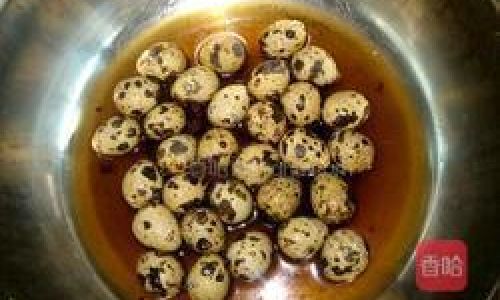
The Basics of Boiling Quail
Quail (Coturnix japonica) are game birds native to Europe, Asia, and Africa, though they are now farmed globally. Their small size—typically weighing between 100–150 grams (3.5–5.3 ounces)—means they cook faster than larger poultry. However, their lean meat and minimal fat content make them prone to drying out if overcooked. The goal when boiling quail is to reach an internal temperature of 74°C (165°F), the safe threshold for poultry, while preserving moisture and tenderness.
Factors Influencing Cooking Time
-
Size and Age:
Farm-raised quail are usually plumper and younger than wild-caught ones, affecting cooking duration. A 120-gram (4.2-ounce) quail may take 15–18 minutes, while a 150-gram (5.3-ounce) bird could require 20–22 minutes. Wild quail, often leaner and older, might need an additional 2–3 minutes. -
Fresh vs. Frozen:
Frozen quail should be thawed completely before boiling. Thawing in the refrigerator (not at room temperature) ensures even cooking. Boiling frozen quail directly increases cooking time by 30–50% and risks uneven doneness. -
Altitude:
At high elevations, water boils at lower temperatures, slowing cooking. For example, at 1,500 meters (5,000 feet), water boils at 95°C (203°F) instead of 100°C (212°F). Adjust boiling time by adding 2–4 minutes per 300 meters (1,000 feet) above sea level. -
Cooking Method:
Simmering (82–85°C/180–185°F) preserves tenderness better than rapid boiling. Rapid boiling can toughen the meat’s proteins, while simmering allows gentle heat penetration.
Step-by-Step Guide to Boiling Quail
Preparation
- Cleaning: Rinse quail under cold water, pat dry, and remove any remaining feathers or viscera. Trussing (tying legs together) ensures even cooking.
- Seasoning: Marinate quail for 1–2 hours in olive oil, herbs (thyme, rosemary), garlic, and lemon zest to enhance flavor. Alternatively, season the cooking liquid with bay leaves, peppercorns, and onions.
Boiling Process
- Water Volume: Use enough water to submerge the quail completely (4–6 cups for 2–4 birds).
- Bring to Boil: Add salt (1–2 teaspoons per liter) and seasonings to the water. Once boiling, reduce heat to a gentle simmer.
- Add Quail: Place the birds breast-side down to protect the delicate breast meat. Cover the pot.
- Timing:
- Small Quail (100–120g): 15–18 minutes.
- Medium Quail (130–140g): 18–20 minutes.
- Large Quail (150g+): 20–22 minutes.
Adjust for altitude and freshness as noted earlier.
Checking Doneness
- Thermometer Test: Insert a meat thermometer into the thickest part of the thigh (avoiding bone). It should read 74°C (165°F).
- Visual Cues: The meat should be firm but not stiff, with clear juices (not pink) when pierced.
- Tug Test: Gently pull a leg; it should separate slightly from the body without resistance.
Resting Period
After boiling, transfer quail to a plate and tent with foil. Let rest for 5–7 minutes to redistribute juices, preventing dryness.
Alternative Cooking Methods
- Poaching: Simmer quail in flavorful liquid (stock, wine, or herbs) at 75–80°C (167–176°F) for 20–25 minutes. This method infuses deeper flavor.
- Steaming: Place quail on a rack above boiling water. Steam for 18–22 minutes, basting occasionally with butter or broth.
- Combination Cooking: Parboil quail for 10 minutes, then roast or grill for crispy skin while ensuring thorough cooking.
Common Mistakes and Solutions
-
Overcooking:
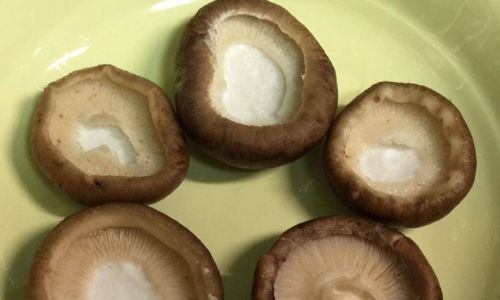
- Symptoms: Dry, stringy meat.
- Solution: Use a thermometer and remove quail from heat at 74°C (165°F).
-
Undercooking:
- Symptoms: Pinkish tint near bones, rubbery texture.
- Solution: Increase cooking time by 3–5 minutes and check internal temperature.
-
Uneven Cooking:
- Cause: Overcrowding the pot or inconsistent heat.
- Solution: Use a pot large enough to submerge quail fully; maintain steady simmer.
-
Lack of Flavor:
- Solution: Marinate before boiling or use aromatic cooking liquids (e.g., ginger, star anise, or citrus).
Serving Suggestions
- Cold Platter: Serve boiled quail with pickled vegetables, mustard sauce, and crusty bread.
- Salads: Shred quail meat and toss with arugula, cherry tomatoes, and balsamic dressing.
- Soup: Add boiled quail to clear broths with noodles, mushrooms, and coriander.
- Sauces: Pair with reductions made from pan drippings, cream, or fruit compotes.
Recipe: Lemon and Herb Boiled Quail
Ingredients (Serves 4):
- 4 quail, cleaned and trussed
- 1 lemon, sliced
- 4 garlic cloves, crushed
- 6 sprigs fresh thyme
- 2 bay leaves
- 1 teaspoon black peppercorns
- 1 tablespoon olive oil
- Salt to taste
Instructions:
- Rub quail with olive oil, salt, and pepper.
- In a large pot, combine 8 cups water, lemon slices, garlic, thyme, bay leaves, and peppercorns. Bring to a boil.
- Add quail, reduce heat to simmer, and cook for 18–20 minutes.
- Rest quail for 5 minutes, then serve with lemon wedges and pan juices.
Conclusion
Boiling quail is an art that balances science and intuition. By accounting for size, freshness, and altitude, and by mastering techniques like simmering and resting, even novice cooks can achieve tender, flavorful results. Experiment with seasonings and serving styles to elevate this humble bird into a culinary masterpiece. Remember: patience and precision are your allies in the quest for perfectly boiled quail.
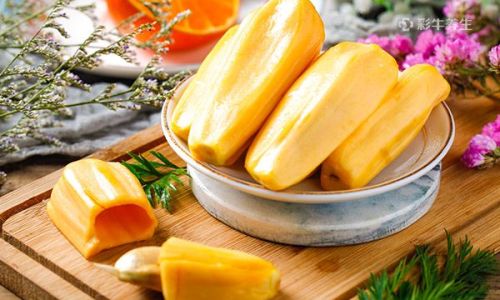
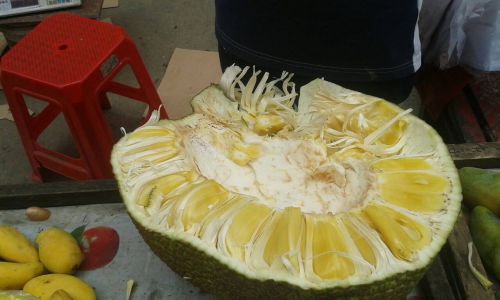
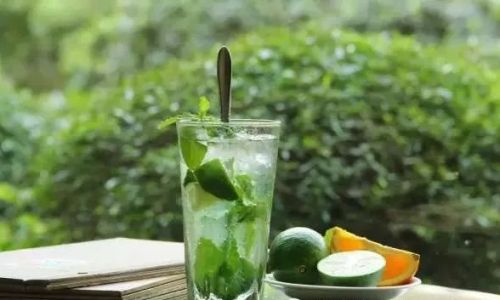

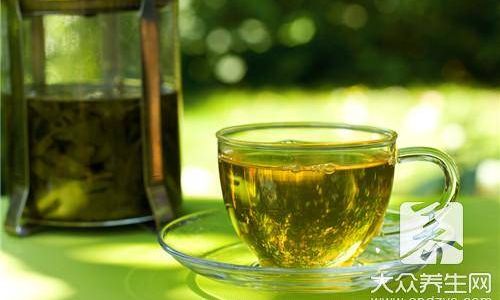
0 comments